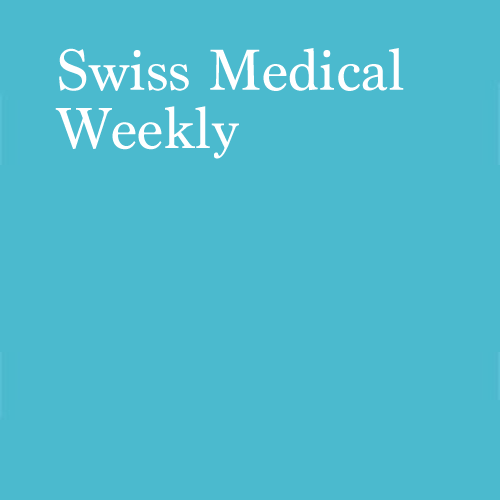Summary
Objective
In Switzerland, fewer than 40% of hepatitis C virus (HCV) infected individuals have been diagnosed. The aim of this project was to analyse the distribution of HCV cases in order to develop better detection strategies.
Study Design
Historical data on the HCV-infected population in Switzerland were obtained from published literature, unpublished data and government reports. A disease progression model was used to age the infected population to 2015. The HCV distribution was then used to identify 5-year age cohorts with the highest HCV prevalence. The estimated number of cases needed to screen within an age cohort was calculated using the estimated viraemic prevalence, removing the percent previously diagnosed.
Results
In 2015, the median age of the viraemic HCV infected population was 49 years, with 75% of the population born between 1951 and 1985. Random screening of the general population could identify one new viraemic HCV case per 159 persons screened, compared with targeted birth cohort screening, which could identify one new viraemic HCV case per 90–99 persons screened.
Conclusion
Considering only the direct cost of screening and treatment informing tests, targeted screening by birth cohort is more effective and cost effective than random screening in the general population.
Countries: Switzerland

